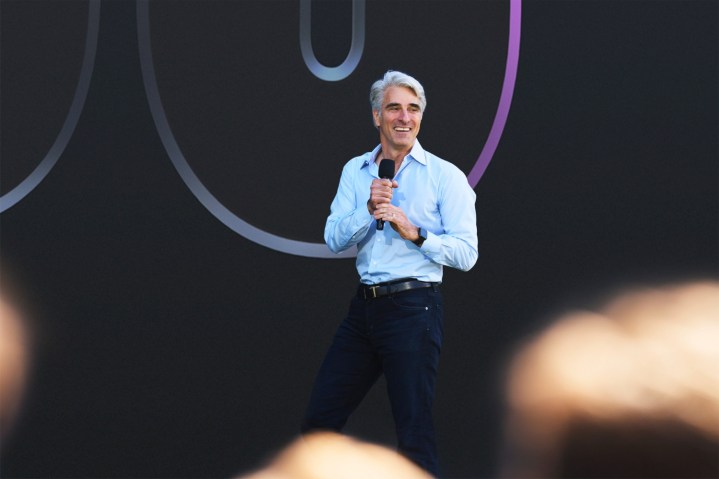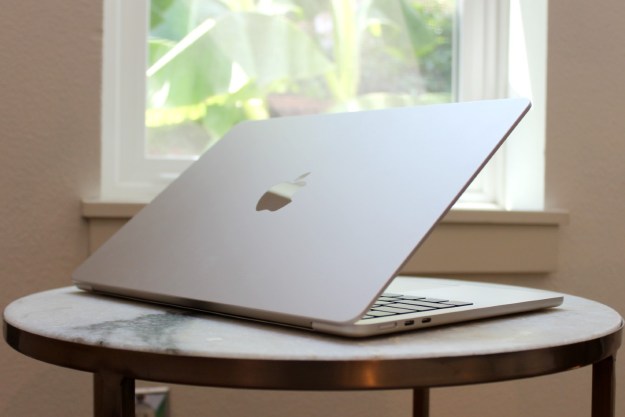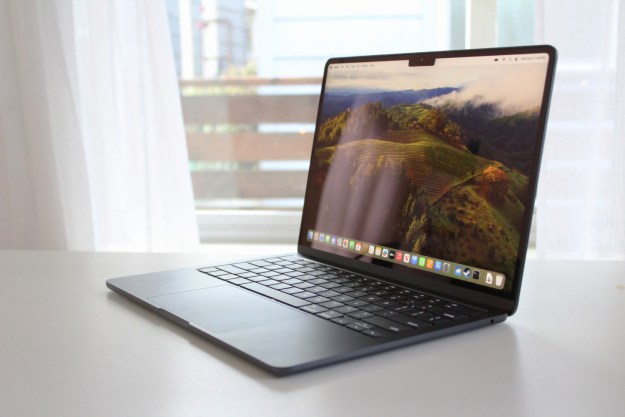Apple’s software chief Craig Federighi has refused to rule out the possibility of a touchscreen Mac, potentially opening the door to the type of device Apple has long disdained. However, there are reasons to be doubtful it will ever happen.
During an interview with the Wall Street Journal’s Joanna Stern at the outlet’s Tech Live event, Federighi was asked whether Apple would ever release a touchscreen laptop. His reply? The cryptic, “Who’s to say?”

It’s a much more ambiguous stance than the company usually gives on the topic. Apple executives from Steve Jobs to Phil Schiller have long decried the idea of releasing a laptop with a built-in touchscreen, stating using it can be awkward, uncomfortable, and lead to arm fatigue. They have reiterated that multiple times over the years, including in 2018, 2020, and in 2021.
For example, speaking in 2010, Steve Jobs explained Apple’s thinking: “We’ve done tons of user testing on [a Mac touchscreen], and it turns out it doesn’t work. Touch surfaces don’t want to be vertical … After a short period of time, you start to fatigue, and after an extended period of time, your arm wants to fall off.”
Federighi himself has previously denied the viability of a touchscreen Mac, saying that “Grafting touch on something that fundamentally was designed around a precise pointer really compromises the experience.”
Don’t get too excited

Those historical statements make Federighi’s response to Stern’s question all the more interesting. Is Apple softening its stance on the idea of bringing a touchscreen to the Mac? Does the company have active plans to introduce such a device? Or was Federighi simply hedging his bets against an uncertain future in a world where technology moves at a lightning pace?
Personally, my bet is on the latter. Apple has such a long history of excluding touchscreens from its Macs that the idea is probably deeply ingrained in the company’s DNA by now. It has resisted the calls to add touchscreen functionality even in recent years as rivals like the HP Spectre x360 13.5 have adopted it, standing firm that it has no place in MacBooks and iMacs.
Even when Apple did add a small element of touchscreen capability to its Macs in the form of the MacBook Pro’s Touch Bar, it’s telling to note that it was a horizontal touch surface, not the vertical kind that Steve Jobs believed caused arm fatigue. And even that experiment didn’t last long before being unceremoniously dropped.
All that’s to say that I wouldn’t get too excited about Federighi’s latest statement. Apple has tested touchscreen Macs in the past, according to Federighi, and maybe one day Apple will work out a way to make touch surfaces work on its computers. But that day is a long way off — if it ever comes.
Editors' Recommendations
- These 6 tweaks take MacBooks from great to nearly perfect
- MacBook Pro 16 vs. MacBook Pro 14: The important differences
- The biggest threat to the MacBook this year might come from Apple itself
- Why you should buy a MacBook Pro instead of a MacBook Air
- Apple just announced the dates for WWDC 2024




